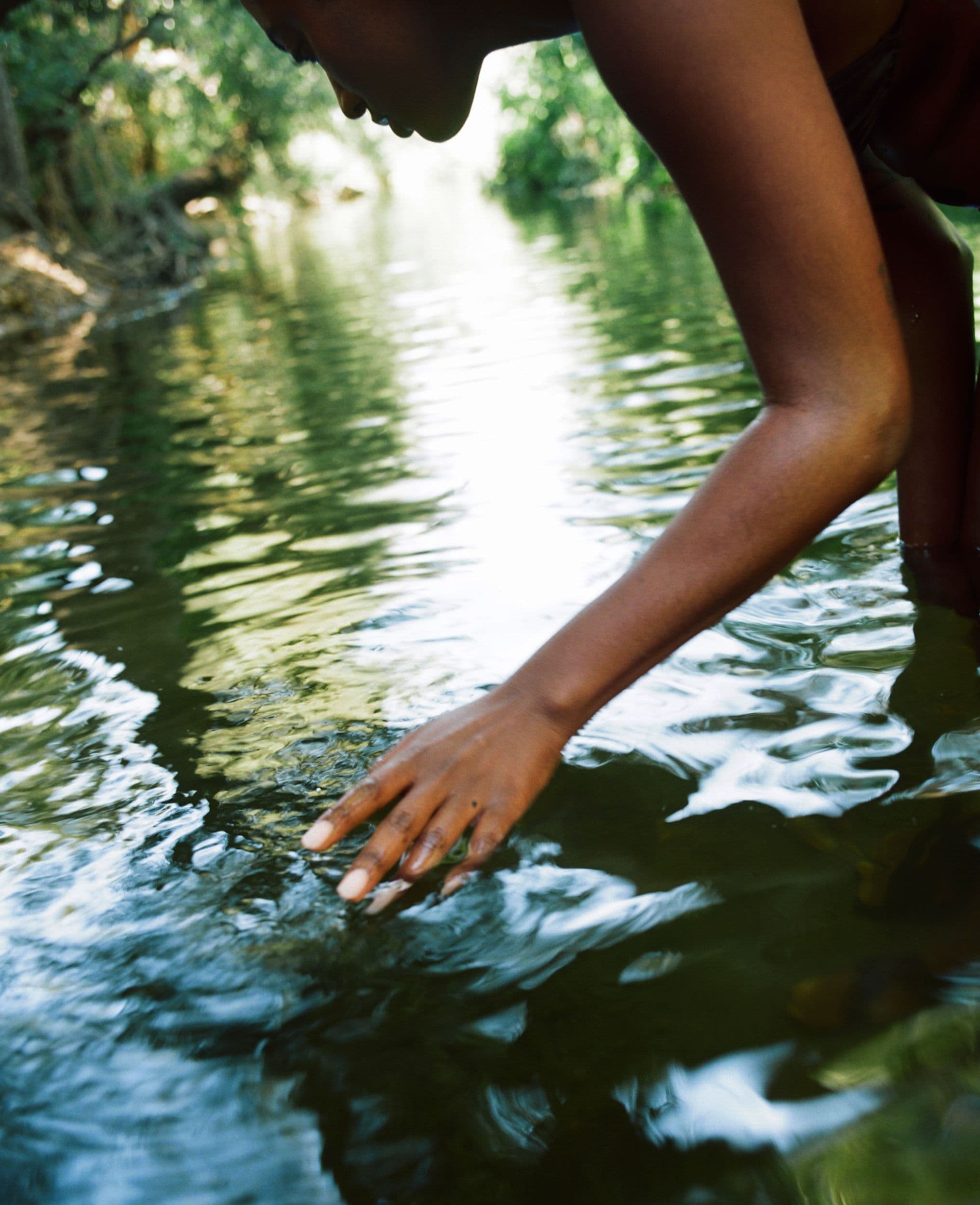
Our Twelve Senses: Touch
The sense that wakes us up both to the world and to ourselves
Our senses. They are how we as living beings enter and move through the world.
Both Ayurvedic thought and Traditional Chinese Medicine found links between the well-known five senses (vision, hearing, smell, touch, and taste) and the elements—earth, water, air/ether, fire, metal, and wood, differing a bit according to their respective modalities. In the early 20th century, Rudolf Steiner observed how our senses work together in an order echoing the cosmos with its twelve constellations of our zodiac.
This idea observes twelve senses that create a complete and inseparable composition, emphasizing that we cannot talk about one sense without bringing in the others, as they are all interrelated. These twelve senses identified by Steiner are: sense of touch, life sense, sense of self-movement, sense of balance, smell, taste, sight, temperature, hearing, speech sense, concept sense, and ego-sense.
Turning into an awareness of each sense and how to “care for it” will allow us to cultivate it to its fullest expression within us. The senses have aptly been called “windows of the soul”. Naturally, sparkling clean windows let the most light in. Life’s pleasures can only meet us through our senses, and we can delight in learning more about how to deeply live through them.

Gabrielle Richardson photographed in Malibu Creek, California
TOUCH: THE KICKSTART TO LIFE
Touch is the first sense we experience. As infants, touch awakens us to the realization that we are separate from our mother. When our skin was touched for the first time, we awakened to the world and knew that we were a separate being. Touch wakes us up both to the world and to ourselves. It tells us where we end, and someone or something else begins. In this way, it is the beginning of understanding boundaries. You can visualize this by imagining what it would be like to be in total darkness, bumping into things in an unfamiliar room.
Through the ages, in every culture of the world, touch, whether a hand clasp or an embrace has been a symbol of friendship, love, harmony, cooperation, and community. Even our language reflects this when we say that an experience has “touched” us.
We all have a deep longing to touch things. Throughout our lives we consciously or unconsciously seek experiences of touch, knowing intuitively its power to enliven us. Because of this, when we are out of balance within ourselves, we might find ourselves fixated on sex, craving sweets or other sensual pleasures. We need to touch and be touched, and there are an infinite number of ways to do it. The healing nature of touch is recognized in all forms of massage, of which many if not all cultures have developed into a therapeutic art form.
Abhyanga or Ayurvedic massage uses warm essential oils suited to each person’s individuality to move around the energy fields, harmonizing the chakras. Traditional Chinese medicine massage, or tui na uses a wide variety of techniques to stimulate the meridian points and restore the flow of chi (life energy). The art of rhythmical massage, arising from the teachings of Rudolf Steiner also recognizes the power of touch to awaken and strengthen life forces, restoring both body and soul.
From first light to bedtime, we are surrounded with calls to experience touch, whether we are conscious of it or not. When. you wake up, your bedsheets and pillows hold you in their innate texture and feel. Kissing and hugging your partner or children before work or school is your strongest touch association.
The clothes you dress in are made of fabrics that touch your skin and the things you encounter throughout your day, from your office chair to the kitchen knives you use to prepare dinner all send you signals of what you like and don’t like when it comes to touch. When do you feel most relaxed? What makes you feel empowered? Or confident.
There are many ways to heighten your experience of touch throughout your daily routine. These are just a few suggestions but feel free to find your own ways you like to navigate boundaries in the world.
Walk with bare feet over grass, sand, or stones. Feel each sensation.
Use a dry brush, and take time to oil your body with almond or sesame oil before a shower. Oil allows you to tolerate colder water temperatures, an exhilarating way to start the day. End your shower with warmer water if you wish.
Be aware of your hands in the soapy water as you wash dishes, feeling the different materials they are made of—pottery, china, stainless steel, or wood. What feels good to you?
As you apply skin products or make-up, touch your skin lovingly, thanking each part that you touch for being part of you.
In a relaxed state, run a finger along your opposite forearm. First, feel what your fingertip feels, then switch to what your arm feels in being touched. Alternate shifting your awareness from your arm being touched to your finger touching. Do this with a partner and share your experience.

Franklin Arkadyovich Ayzenberg Photographed in Malibu, California
Read next
The Connection Of Life